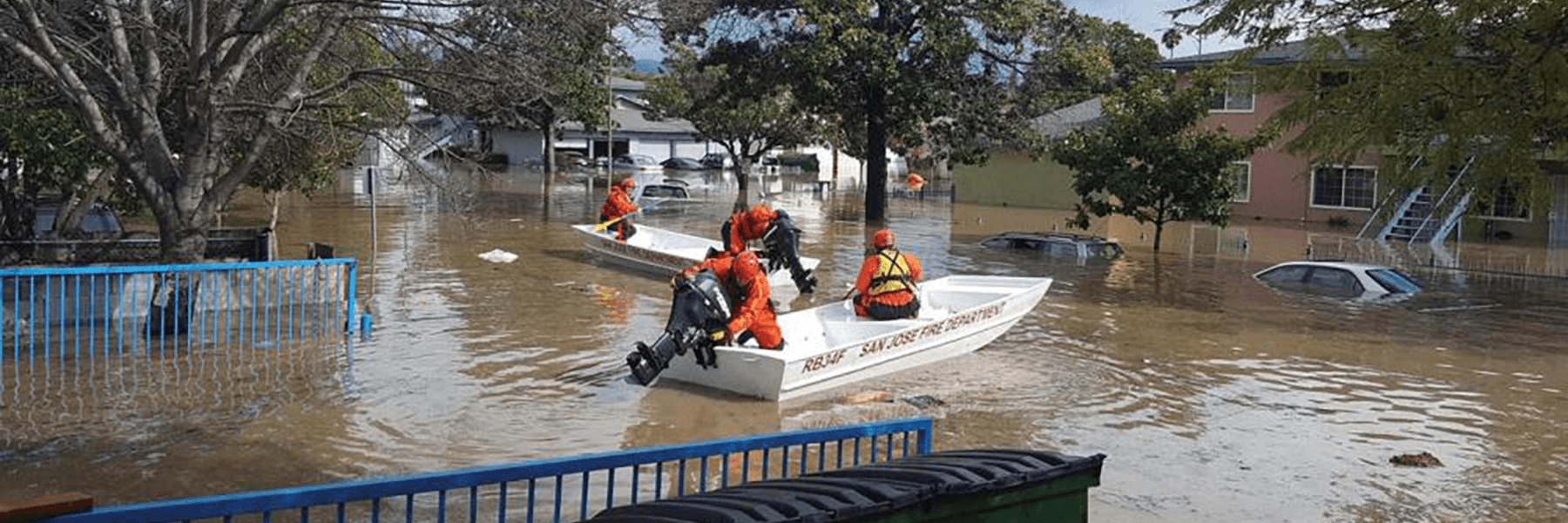Improving Forecasts of Compound Flooding Events in the San Francisco Bay Area

According to a 2013 California Department of Water Resources report, more than 355,000 people in the San Francisco Bay area are exposed in the 100-year flood plain and this number increases to more than one million people in the 500-year flood plain. Water, transportation, and emergency management agencies across the nine-county San Francisco Bay region rely on flood forecasts to assess risk and inform their flood mitigation processes. Of special concern is combined coastal and tributary flooding events that compound the effects of either one alone.
A study led by NOAA, CIRA and CIRES researchers in the Physical Sciences Laboratory and Global Systems Laboratory, describes the development of the Hydro-CoSMoS model, which combines both river and coastal processes to better forecast flooding around San Francisco Bay. A “Table-Top Exercise” was conducted with federal, state, and local emergency managers, water managers, transportation and other officials to evaluate a flooding scenario around San Francisco Bay and the information the forecast model could produce to help inform decision making. The research was published in the journal Water.
The prototype Hydro-CoSMoS forecast model, deployed in 2015, and was able to provide watershed and coastal flood information at scales and at locations where there are currently forecasting gaps. The project demonstrated how tributary flows could be used to inform the coastal storm model during a flooding scenario. The table top exercise provided an opportunity for model developers to interact with end-users, who provided valuable information to help guide continued model development and inform what model outputs and formats are most useful.
The urban region around San Francisco Bay is vulnerable to flooding from combined fluvial and coastal processes. The Table-Top Exercise with model developers and end users successfully demonstrated the utility of a combined coastal and tributary forecast model that can augment current forecast information for a variety of applications. The exercise provided valuable feedback to guide future model development. The Hydro-CoSMoS is a prototype now being used as part of the AQPI project throughout the San Francisco Bay area.
Cifelli, Rob, Lynn E. Johnson, Jungho Kim, Tim Coleman, Greg Pratt, Liv Herdman, Rosanne Martyr-Koller, Juliette A. FinziHart, Li Erikson, Patrick L. Barnard, and Michael Anderson (2021): Assessment of Flood Forecast Products for a Coupled Tributary - Coastal Model. Water 13(3), 312, https://doi.org/10.3390/w13030312.
Posted: February 23, 2021